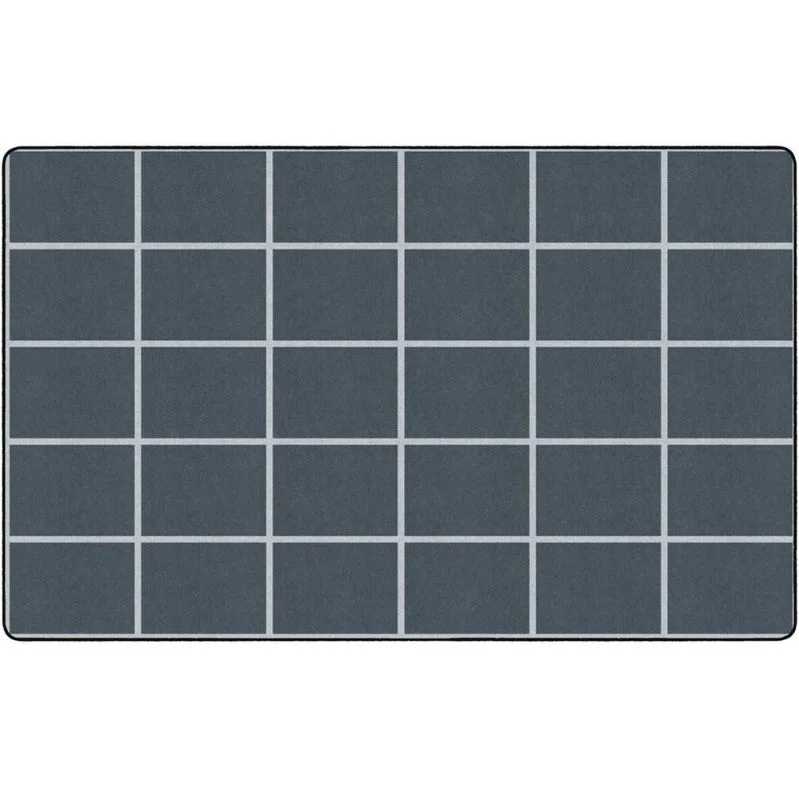Transform Educational Areas with the Granite Mountain Rug
The Granite Mountain Classroom Seating Rug has an alluring design color that offers both functional and aesthetic benefits for educational areas, making it an ideal option for any teacher/educator looking to create a dynamic learning environment.
Please measure your area and choose the right size
Sizes:
- 6' x 8'4 - 24 Seats are 16.8" x 16"
- 7'6 x 12' - 30 Seats are 23.7" x 17.7"
The modern granite color design will add some sophistication to your classroom. Set your your class apart with a rug that provides values in form and function.
- The Granite Mountain Classroom Seating Rug is perfect for creating designated educational areas, promoting a structured learning environment
- The stylish design adds an element of visual appeal to any classroom setting while providing comfortable seating options for students
This Seating Rug will be a long lasting addition to educational areas where children gather for lessons, fun and games. Students will have their own spot when it's time to get out of a chair and on to the ground for stretching, learning and attendance.
- Made in the U.S.A.
- Highest fiber density, with an infusion dye process that ensures bright color.
- Anti-Microbial and Anti-Static Treatment guards against odor, mildew and mold.
- Treated with Scotchgard protector for superior soil resistance.
- Class I Flammability Rating and Indoor Air Quality passed.
- Bound and double stitched with nylon edge yarn for maximum strength and durability.
How are mountains formed?
Mountains are formed through a variety of geological processes over long periods of time. Here's a brief overview of the main ways mountains are created:
Plate Tectonics: Mountains often form at the boundaries of Earth's tectonic plates, where the plates collide, move apart, or slide past each other. When plates collide, the denser plate is pushed under the lighter plate, causing the surface to crumple and uplift, forming mountain ranges like the Himalayas.
Volcanic Activity: Mountains can also form from volcanic activity, where molten rock (magma) rises to the surface and solidifies, building up layers of rock over time to create volcanic mountains like those found in the Cascade Range.
Erosion: Mountains can be formed through gradual erosion of the Earth's surface by wind, water, and ice over millions of years. This process can expose older, harder rocks that form mountainous terrain, as seen in the Appalachian Mountains.
Uplift: Sometimes tectonic forces can cause the Earth's crust to buckle and uplift, creating high-altitude mountain ranges without active plate boundaries or volcanism, like the Rocky Mountains.
The specific processes that form mountains can vary greatly depending on the geological history and location. But in general, the combination of tectonic activity, volcanism, and erosion over long timescales is responsible for the diverse mountain ranges found across the planet.

